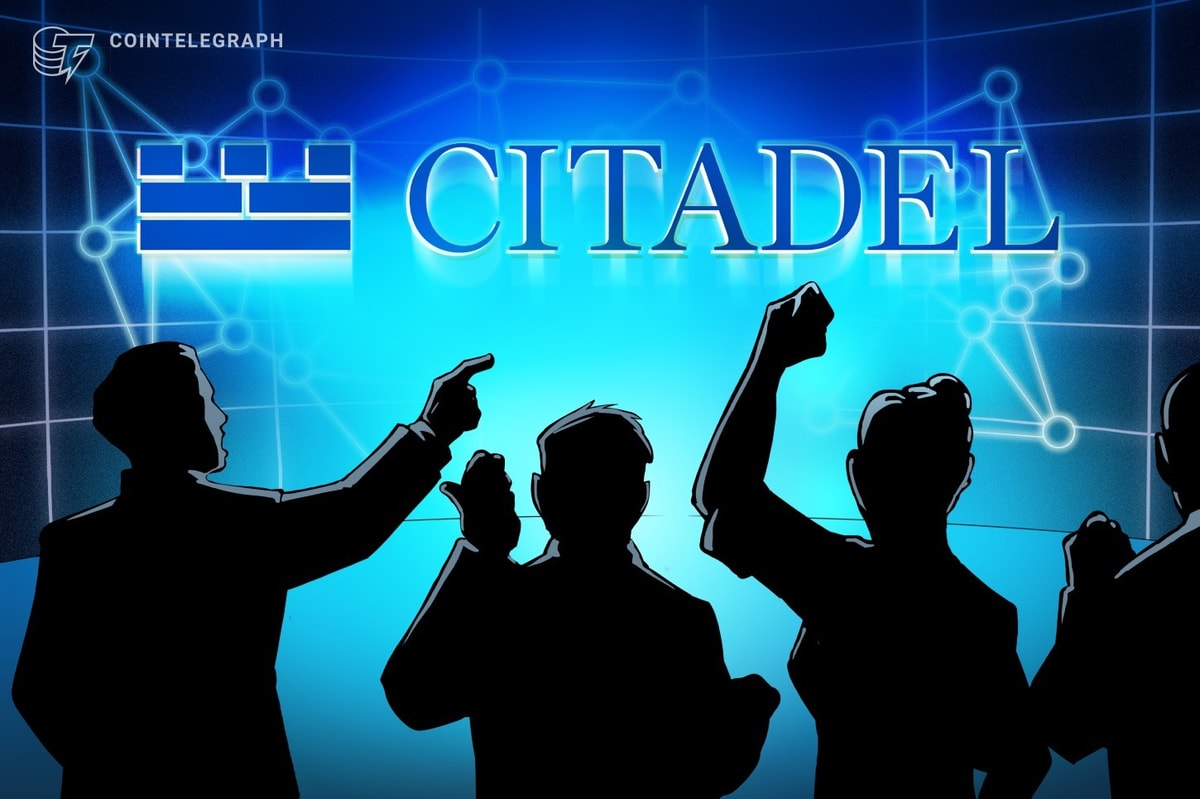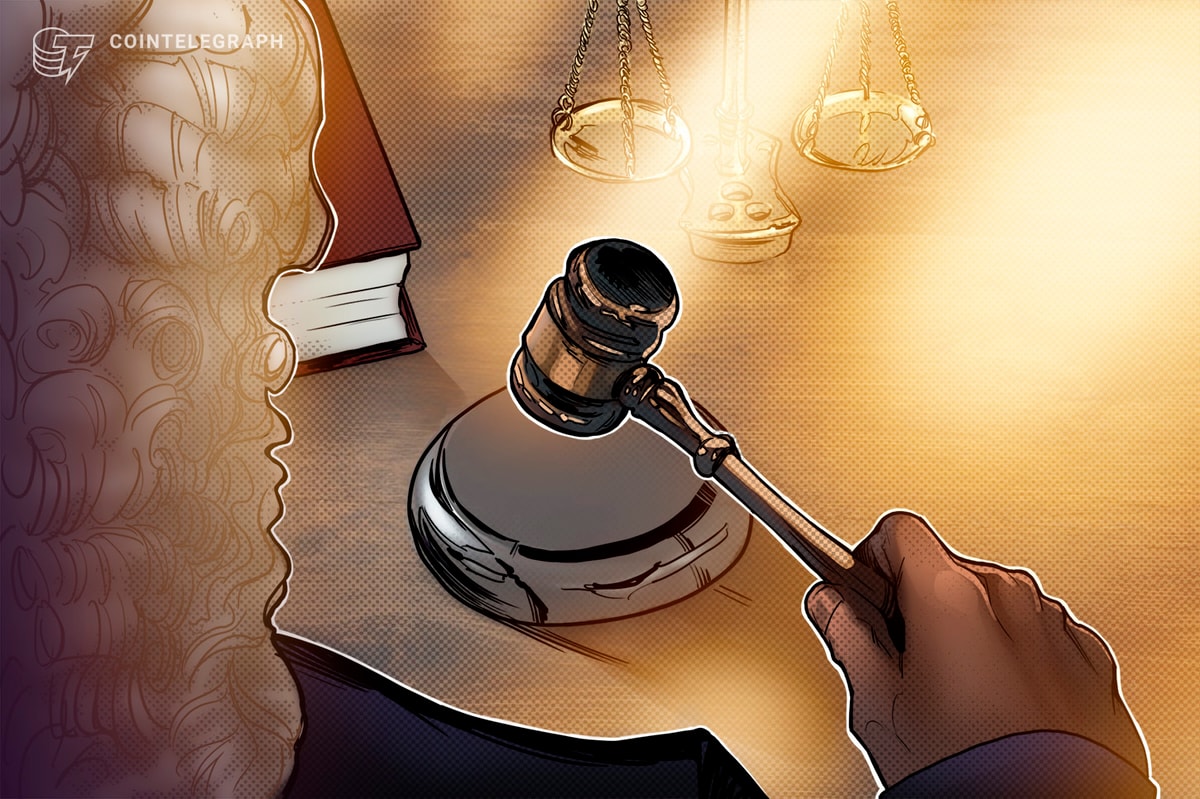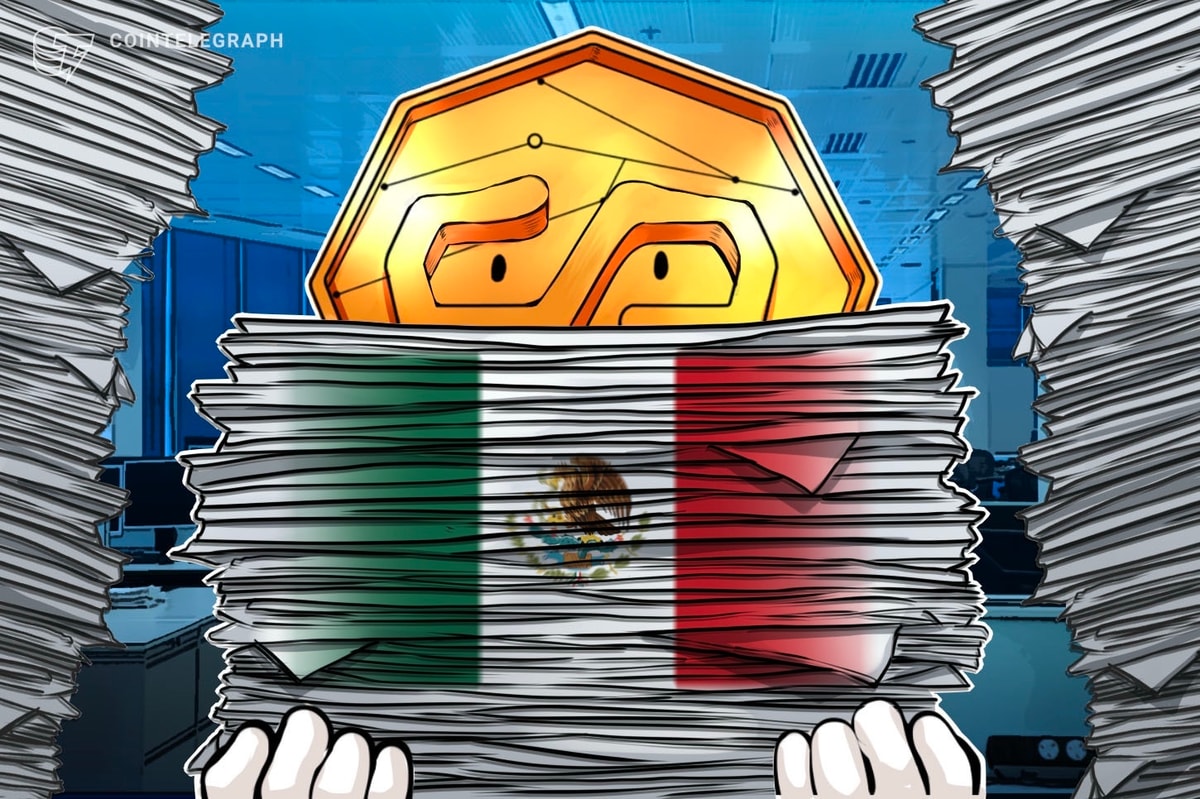The digital asset landscape in the European Union is evolving ahead of the passage of the Markets in Crypto-Assets (MiCA) regulation framework that aims to instill regulatory clarity around crypto assets. While well-intentioned, the current structure of MiCA may throttle innovation. But if a revised version of this policy passes, it could see the European Union become one of the leaders in the digital payment space. If not, then there is a genuine possibility of the continent falling behind.
MiCA aims to set a regulatory framework for the crypto asset industry within the EU. At this point, much still needs to be codified and clarified, but the broad strokes are now known.
Simultaneously, financial technology firm Circle launched a stablecoin called Euro Coin (EUROC). Euro Coin implements the same full-reserve model as the company’s existing USD Coin (USDC). This trusted digital United States dollar currency is used across centralized and decentralized exchanges and currently has over $55 billion in circulation. Therefore, designed for stability, EUROC is 100% backed by euros held in euro-denominated banking and is redeemable 1:1 for euros.
Related: Biden is hiring 87,000 new IRS agents — and they’re coming for you
While these two pieces of news ostensibly seem like a positive advancement for crypto in Europe, all is not as it seems. The MiCA framework limits the volume for stablecoin payments to $200 million per day. This is too low of a cap to gauge its success and is ultimately only helpful in stifling innovation and hindering what these assets can offer. Take the perspective from Belgium, where, as of July 1, 2022, all merchants must offer at least one digital payment solution. But, here’s the catch — cryptocurrency and stablecoins are not accepted as valid forms of digital payment under this provision.
MiCA’s limitations stand to hold back the potential of EUROC and other digital assets. And, unless this barrier is overcome, the EU may not see the type of adoption required to lead crypto innovation on an international scale. And, it risks seeing the role of the Euro as an international currency severely diminished.
MiCA’s unfriendly, or perhaps overcautious, stance on digital assets will undoubtedly have a profound impact on crypto projects looking to startup in the EU as well as those already established. In fact, Circle has already made it clear that it would not actively market the EUROC in the jurisdiction until the framework was clearer.
Related: Biden’s anemic crypto framework offered us nothing new
This is a major missed opportunity for the EU market to lead on digital asset innovation. Far from the supposed “innovation-friendly” approach sought by MiCA, the limitations imposed by the framework may end up reducing the attractiveness of the EU altogether and force leading digital currency businesses out of Europe.
Alternatively, welcoming and utilizing EUROC — and other such stablecoins — as an accepted form of digital settlement from a tried and tested issuer could offer a means to streamline the payment process, bringing down costs and bringing added protection for consumers. However, if the legal transaction volume remains arbitrarily capped at $200 million, adoption is likely to be limited as well.
Making euro stablecoins more accessible to virtual asset service providers (VASPs) would also be a great way to make the industry more resilient and better protect customers. Indeed, in Europe, when customers use a crypto custodian, in the event of bankruptcy, crypto assets can’t be seized by creditors but fiat assets can. Those are considered “prepayments.” So, additional access to euro stablecoins would mean a safer VASP industry.
Ultimately, MiCA is likely a net positive and significant step forward for crypto asset regulation in the EU. However, it’s essential to ensure that regulation remains innovation-friendly and tech neutral and, as such, there may be validity in the calls from European Central Bank President Christine Lagarde for a MiCA II framework. We might just not agree entirely with her on what should be in it.
This must include eliminating the cap on stablecoin volumes and making provisions for digital currencies, especially stablecoins, to be recognized and encouraged as a form of payment in the EU. Anything less? ?and issuers and innovators will seek other, more forward-thinking jurisdictions.
Mathieu Hardy is chief development officer at OSOM Finance. Curious about how the digital realm was offering a new playground for social sciences, he began his career in IT change management before turning to digital business model innovation.
This article is for general information purposes and is not intended to be and should not be taken as legal or investment advice. The views, thoughts, and opinions expressed here are the author’s alone and do not necessarily reflect or represent the views and opinions of Cointelegraph.







